Abuse is a pervasive issue that can have devastating effects on individuals and their relationships. It is crucial to recognize the signs and patterns of abuse in order to protect ourselves and those we care about.
By understanding the five types of abuse, we can become more informed and better equipped to address this critical issue.
Key Takeaways
- There are five types of abuse: physical, sexual, verbal, financial, and digital.
- Recognizing the signs and patterns of abuse is crucial for intervention and support.
- Seeking help is essential for survivors of abuse.
- Breaking the cycle of abuse requires awareness and promoting healthy relationships.
- Abuse can have a profound impact on mental health, emphasizing the importance of appropriate support and treatment.
Physical Abuse: Signs of Control, Isolation, and Aggression
Physical abuse is a form of abuse that involves the use of physical violence or threats to exert control and maintain power over an individual. It is one of the most easily identifiable types of abuse, as its presence often leaves visible marks and scars.
Signs of physical abuse may include:
- Unexplained bruises, cuts, or burns
- Frequent injuries or visits to the emergency room
- Broken bones or fractures
- Visible fear or discomfort around the abusive individual
However, physical abuse is not limited to visible injuries. It can also be characterized by the abuser’s need to control and isolate the survivor.
Control is a key aspect of physical abuse, with the abuser using violence as a means to manipulate and dominate their victim. This control may extend to all aspects of the survivor’s life, including their social interactions, finances, and personal choices.
Isolation is another tactic commonly employed by abusers. By cutting off the survivor from friends, family, and support networks, the abuser ensures that they have complete influence and power over the victim.
Aggression is a defining characteristic of physical abuse, often manifested through acts of violence or threats. Abusers may use physical force, such as hitting, pushing, or choking, to exert power and instill fear in their partner.
Understanding the Impact of Physical Abuse
Physical abuse can have devastating effects on the survivor, both physically and emotionally. The physical injuries inflicted can result in long-term health problems, chronic pain, and even disability.
Survivors of physical abuse may also experience a range of psychological and emotional effects. These can include but are not limited to:
- Post-traumatic stress disorder (PTSD)
- Depression and anxiety
- Low self-esteem and self-worth
- Feelings of guilt and shame
It is important to recognize the signs of physical abuse and support survivors in seeking help and safety. By being informed and understanding the dynamics of physical abuse, you can play a crucial role in breaking the cycle and ensuring the well-being of those affected.
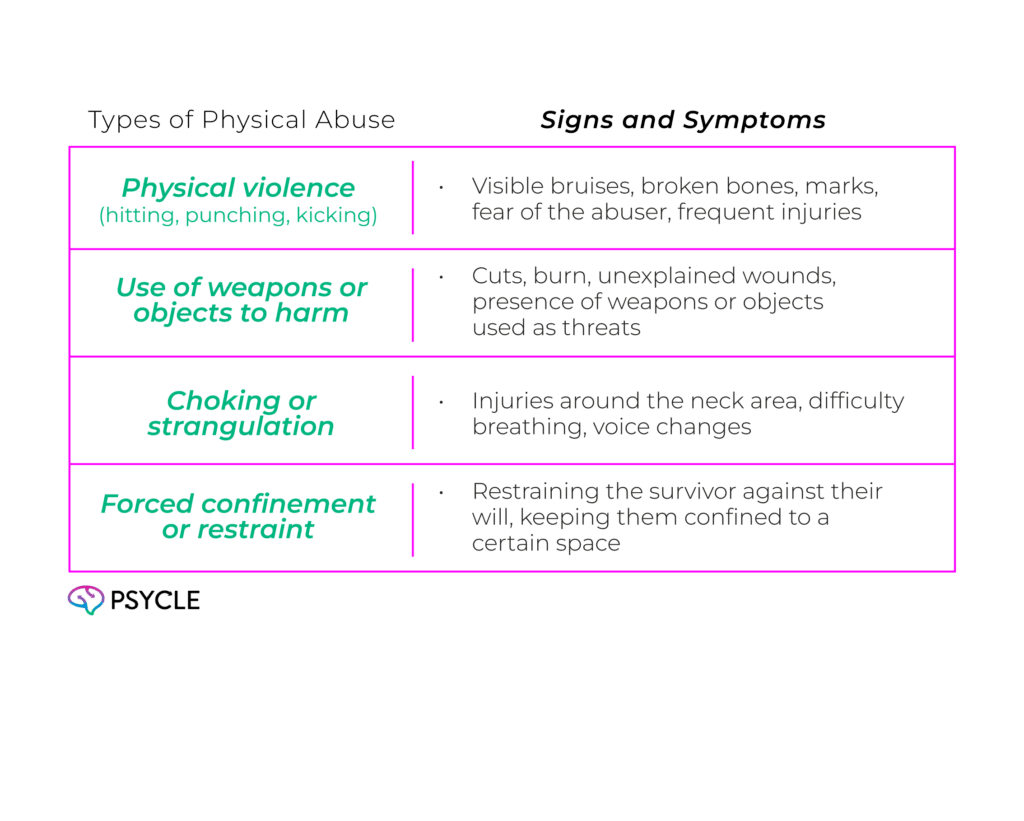

Sexual Abuse: Exploitation, Unwanted Advances, and Manipulation
Sexual abuse is a profoundly distressing form of abuse that involves the violation of an individual’s physical and sexual boundaries. In these types of abusive relationships, the abuser exerts control over the victim’s intimate and sexual encounters through manipulation, exploitation, and the imposition of non-consensual acts.
Unlike consensual intimate relationships, where mutual trust, respect, and open communication are the foundations, sexual abuse occurs when an abuser uses power and control to coerce or force the survivor into engaging in sexual activities against their will. This can significantly impact the survivor’s well-being and sense of self.
Sexual abuse takes various forms, including unwanted advances, sexual exploitation, and manipulation. Unwanted advances encompass any sexual behavior or act imposed on the survivor without their explicit consent.
This could involve coercion, threats, or physical force to pressure the survivor into engaging in sexual activities they are not comfortable with. It is important to note that consent should always be enthusiastic, voluntary, and ongoing.
Exploitation occurs when the abuser takes advantage of the survivor’s vulnerability and uses it to exert control over them. This can manifest through the manipulation of emotions, financial dependencies, or other power dynamics.
Exploitative tactics can include blackmail, emotional manipulation, or threats to the survivor’s well-being, forcing them to comply with the abuser’s sexual demands.
Additionally, manipulation plays a significant role in sexual abuse. Abusers often employ manipulative tactics to groom and maintain power over their victims.
They may use guilt, fear, or shame to control the survivor, eroding their self-worth and creating a sense of dependency on the abuser.
Effects of Sexual Abuse
The consequences of sexual abuse can be severe and long-lasting, affecting every aspect of the survivor’s life. These effects can include:
- Psychological trauma, such as post-traumatic stress disorder (PTSD), depression, anxiety, and self-esteem issues.
- Physical injuries resulting from non-consensual sexual acts.
- Sexual dysfunction and difficulties in forming and maintaining healthy intimate relationships.
- Feelings of shame, guilt, and self-blame.
- Substance abuse as a coping mechanism.
- Suicidal thoughts or attempts.
It is crucial to remember that survivors of sexual abuse are never to blame for the abuse they have experienced. Support, empathy, and professional help are essential in helping survivors heal and regain control of their lives.
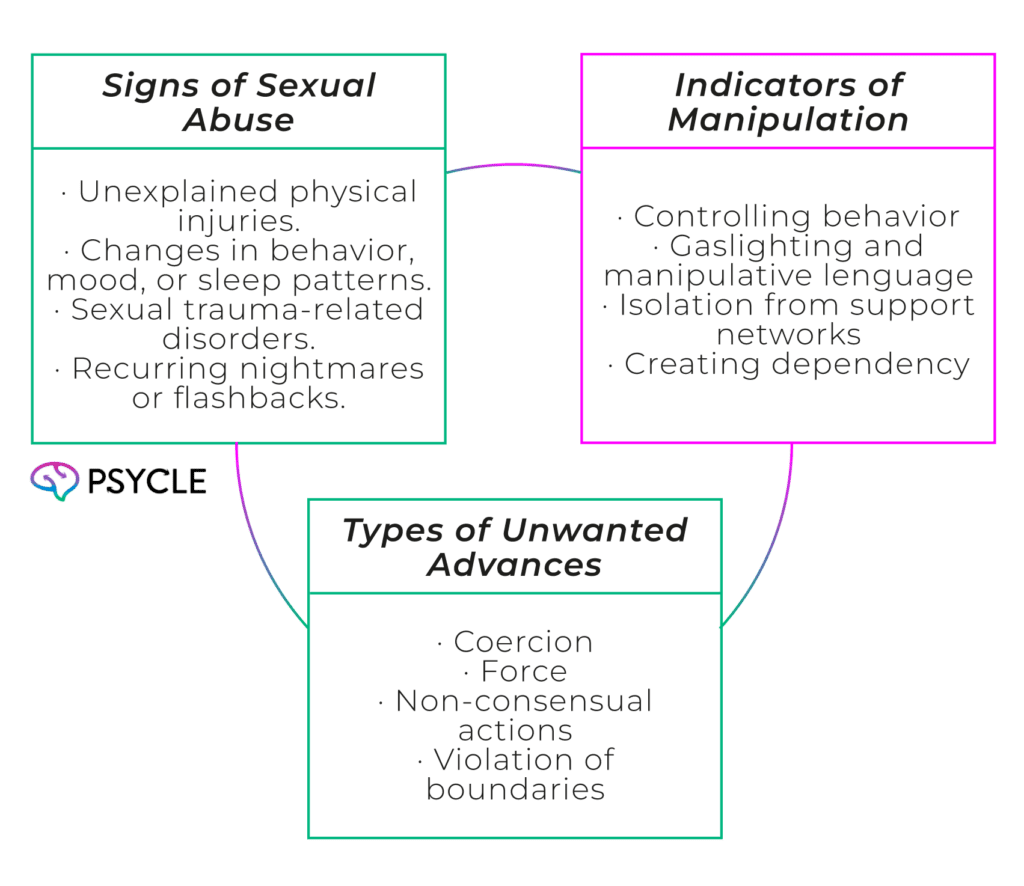

Verbal Abuse: Damaging Effects of Intimidation and Gaslighting
Verbal abuse is a form of psychological manipulation that can have devastating effects on an individual’s well-being. Unlike physical abuse, which leaves visible marks, verbal abuse leaves emotional scars that can be difficult to heal. This type of abuse involves the use of words and behaviors to control, intimidate, and belittle the victim.
Intimidation is a common tactic used by verbal abusers to instill fear and maintain power over their victims. It can involve threats, shouting, or aggressive behavior meant to intimidate and control. The effects of intimidation can be long-lasting, leading to feelings of helplessness and a loss of self-esteem.
Gaslighting is another insidious form of verbal abuse that involves manipulating the victim’s perception of reality. The abuser may distort the truth, deny their actions, or make the victim doubt their own memory and sanity. Gaslighting can leave the victim feeling confused, insecure, and unable to trust their own judgment.
Verbal abuse can be just as damaging as physical abuse. The scars may not be visible on the surface, but the emotional toll it takes on the victim is very real. It’s crucial to recognize the signs of verbal abuse and seek help to break free from the cycle of abuse.
Recognizing Verbal Abuse
Verbal abuse can take many forms, making it challenging to identify. However, there are some common signs to watch out for:
- Insults and name-calling: Verbal abusers often use derogatory language and insults to demean and belittle their victims.
- Constant criticism: The abuser may constantly criticize the victim’s appearance, abilities, or choices, eroding their self-esteem.
- Yelling and shouting: Angry outbursts and shouting can create a hostile and intimidating environment.
- Blaming and guilt-tripping: Verbal abusers often shift blame onto their victims, making them feel responsible for their own mistreatment.
- Threats: Abusers may use threats of harm, physical or otherwise, to control and manipulate their victims.
The Impact of Verbal Abuse
The effects of verbal abuse can be profound. Victims may experience:
- Low self-esteem: Verbal abuse can erode self-worth and make victims doubt their value.
- Anxiety and depression: Constant criticism and intimidation can lead to chronic anxiety and depression.
- Isolation: Verbal abuse often isolates victims from friends, family, and support systems.
- Post-traumatic stress disorder (PTSD): The ongoing trauma of verbal abuse can lead to symptoms of PTSD, such as flashbacks and panic attacks.
If you or someone you know is experiencing verbal abuse, it’s essential to seek help. Remember, you are not alone, and there are resources available to assist you in breaking free from the cycle of abuse.
Financial Abuse: Exploitation and Forced Dependence
Financial abuse is a form of abuse where an abusive partner manipulates and controls the victim’s finances to maintain power and control over them. This can have devastating consequences, trapping the victim in a cycle of dependence and vulnerability. The abuser may employ various tactics to exert control, including:
- Controlling finances and access to money, limiting the victim’s ability to make independent financial decisions.
- Forcing the victim to hand over their earnings or providing an inadequate allowance, leaving them financially dependent on the abuser.
- Running up debts in the survivor’s name without their knowledge or consent, leaving them responsible for the financial consequences.
- Refusing to contribute to shared expenses, burdening the victim with the financial responsibilities.
Financial abuse can leave survivors feeling trapped, powerless, and unable to escape the abusive relationship. The abuser uses money as a tool to maintain dominance and ensure the victim’s forced dependence.
Dismantling the cycle of financial abuse requires awareness, support, and resources. Survivors can seek assistance from various organizations, such as domestic violence hotlines, financial counselors, and legal aid services, to find the support they need to regain control over their finances and escape the abusive relationship.
By raising awareness and providing resources, we can work towards breaking the cycle of financial abuse.
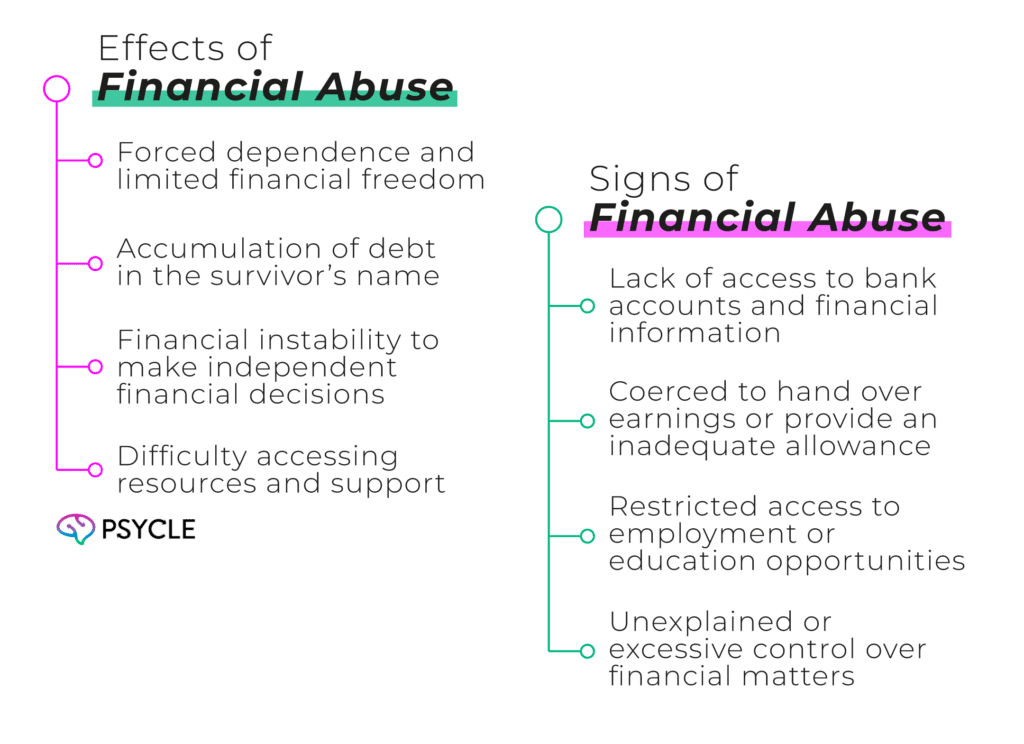

Digital Abuse: Online Harassment and Privacy Invasion
Digital abuse has become increasingly prevalent in today’s society, as the widespread use of technology and the internet provides new avenues for abusive behavior. From cyberbullying to online harassment, digital abuse encompasses a range of behaviors that can have a profound impact on the mental and emotional well-being of its victims.
Online harassment is a form of digital abuse that involves the persistent and deliberate targeting of individuals through various internet platforms. It can take the form of cruel and threatening messages, spreading malicious rumors, or even the creation of fake profiles to discredit and humiliate victims.
Privacy invasion is another disturbing aspect of digital abuse, where individuals’ personal information is unlawfully accessed and exploited without their consent. This can include hacking into private accounts, sharing intimate photos or videos without permission, or stalking someone’s online activities to exert control and instill fear.
The Impact of Digital Abuse
Digital abuse can have severe consequences for its victims, often leading to increased anxiety, depression, and feelings of helplessness. The omnipresence of technology can make it difficult for individuals to escape the online harassment, further exacerbating the emotional toll it takes.
Here is a breakdown of the effects of digital abuse:
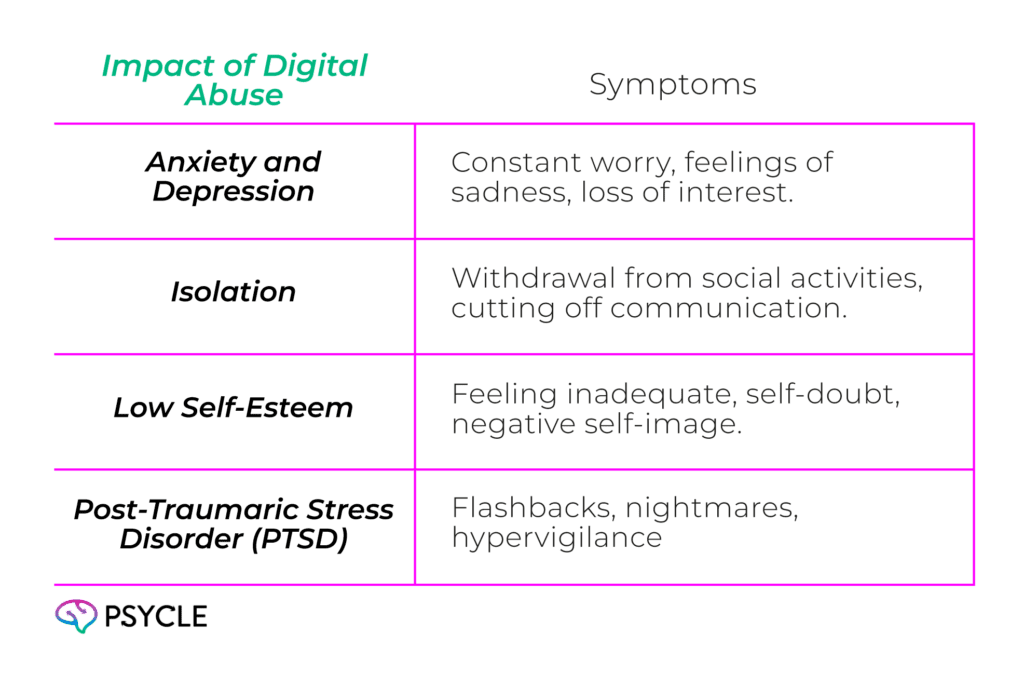

It is crucial to recognize and address digital abuse, as it can have far-reaching consequences on the mental health and overall well-being of its victims. By raising awareness and promoting digital literacy, we can create safer online environments and foster a culture of respect and empathy.
Recognizing the Signs and Patterns of Abuse
Understanding the signs and patterns of abuse is crucial in protecting yourself or someone you care about from harm. Abusers often employ specific behaviors and tactics to gain power and control over their victims. By recognizing these signs, you can take steps to address the situation and seek help.
Signs of Abuse
Recognizing the signs of abuse can help you intervene and seek support for yourself or someone you know. Some common signs of abuse include:
- Physical Injuries: Unexplained bruises, cuts, or injuries that the individual struggles to explain.
- Emotional and Psychological Impact: Victims of abuse may display signs of anxiety, depression, low self-esteem, and changes in behavior or sleep patterns.
- Control and Manipulation: Abusers often exert control by monitoring the victim’s activities, isolating them from others, and making decisions without their input.
- Financial Control: Restricting access to money, controlling finances, or forcing the victim to hand over financial resources are common tactics used by abusers.
- Sexual Coercion: Unwanted advances, sexual pressure, or coercion are signs of sexual abuse that should not be tolerated or ignored.
- Verbal and Emotional Abuse: Insults, threats, belittling, and constant criticism are forms of emotional abuse that can have profound effects on the victim’s well-being.
Patterns of Abuse
Abusers tend to follow specific patterns of behavior, which can help in identifying the presence of abuse. These patterns may include:
- Isolation: The abuser may try to isolate their victim from friends, family, and support systems, making it harder for them to seek help or escape the abusive relationship.
- Manipulation: Abusers often use manipulative tactics to control their victims, such as gaslighting, making false promises, or playing mind games.
- Escalating Intensity: Abuse typically escalates over time, starting with smaller, less noticeable acts and gradually increasing in frequency and severity.
- Cycles of Behavior: Abusers often follow a cycle of tension building, explosive outbursts, and reconciliation. The reconciliation phase may involve apologies, promises to change, and acts of kindness, which can keep the victim trapped in the abusive relationship.
It is important to note that abuse can occur in any relationship, regardless of age, gender, sexual orientation, or socioeconomic status. No one deserves to be abused, and everyone has the right to live free from fear and harm.
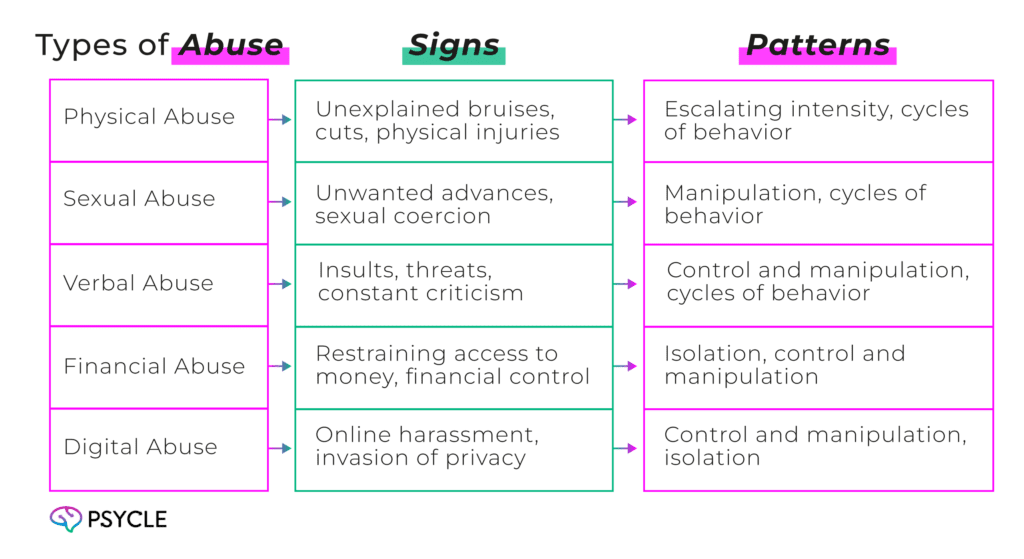

Seeking Support and Help: Therapy and Resources
If you or someone you know is experiencing abuse, it is crucial to seek support and help to navigate through the challenges. One valuable resource available is therapy, which can provide a safe space for individuals to heal from the trauma of abuse. Therapists are trained professionals who can offer guidance, support, and evidence-based interventions to assist survivors on their journey to recovery.
Therapy provides a range of approaches and techniques tailored to meet the unique needs of survivors of abuse. These may include:
- Cognitive-Behavioral Therapy (CBT): A widely used approach that helps individuals identify and change negative thought patterns and behaviors, resulting in healthier coping strategies.
- Eye Movement Desensitization and Reprocessing (EMDR): An evidence-based therapy that focuses on processing traumatic memories to alleviate distressing symptoms.
- Trauma-Informed Therapy: A specialized approach that recognizes the impact of trauma on survivors and aims to create a safe and empowering therapeutic environment.


Participating in therapy can provide survivors with a range of benefits, including:
- Gaining a deeper understanding of the abuse and its impact
- Developing healthy coping strategies and resilience
- Enhancing self-esteem and self-worth
- Building healthier relationships and communication skills
- Addressing co-occurring mental health concerns, such as anxiety and depression
National and Local Helplines and Websites
Recognizing the need for easily accessible support, national and local helplines and websites are available for individuals seeking resources and assistance:
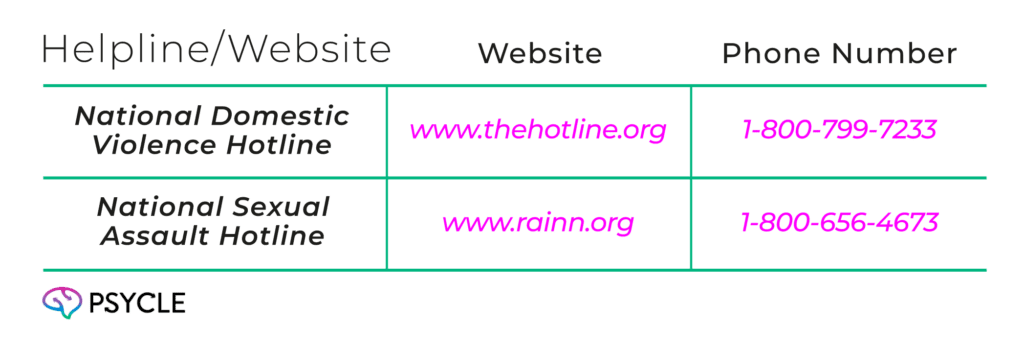

You can search your local area for resources closer to home.
Remember, seeking support and therapy is a brave and essential step towards healing and reclaiming your life. Together, with the help of trained professionals and available resources, survivors of abuse can find the support and strength needed to move forward towards a brighter future.
Breaking the Cycle: Preventing Abuse
Breaking the cycle of abuse is crucial in creating a safer and healthier society. It involves raising awareness about the different forms of abuse, promoting healthy relationship dynamics, and equipping individuals with essential communication and conflict resolution skills.
By educating ourselves and others about the signs and patterns of abuse, we can intervene early and prevent further harm. Recognizing the red flags and knowing when to seek help can make a significant difference in breaking the cycle.
Healthy relationship dynamics play a vital role in preventing abuse. By promoting healthy boundaries and teaching individuals about consent, we can build strong foundations for positive relationships.
In addition, by teaching individuals how to express their needs and boundaries assertively, we empower them to navigate conflicts in a healthy and non-violent manner. And by encouraging empathy and active listening, we can promote understanding and reduce the risk of abusive behaviors.
Promoting Healthy Relationships
Building healthy relationships is a key component of preventing abuse. Here are some strategies that can help:
- Communicate openly and honestly
- Respect each other’s boundaries
- Practice active listening
- Promote equality
- Encourage consent and respect
Teaching Communication and Conflict Resolution Skills
Effective communication and conflict resolution skills are essential in preventing abuse. Some strategies include:
- Learning assertiveness techniques
- Practicing active listening
- Developing empathy
- Understanding non-violent conflict resolution methods
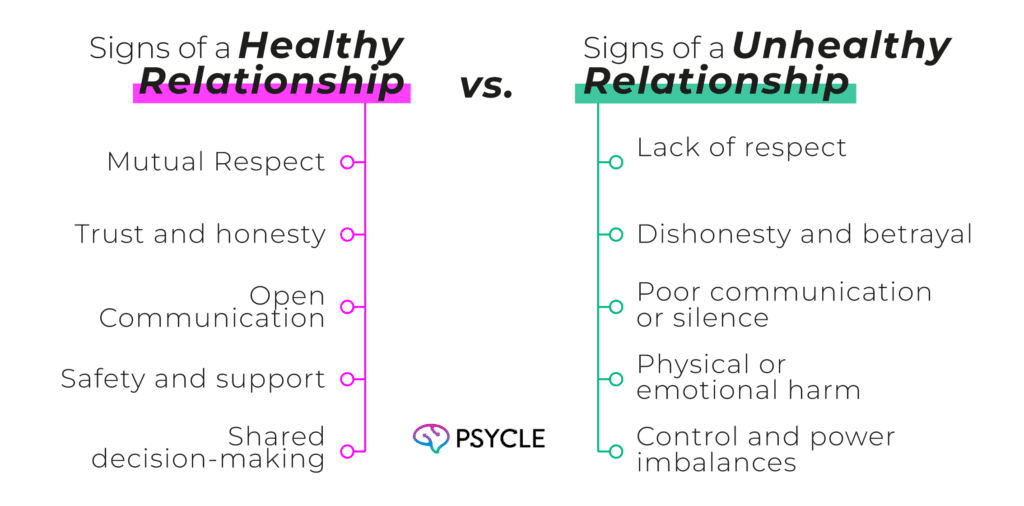

Understanding the Impact of Abuse on Mental Health
The trauma inflicted by abuse can manifest in various ways, leading to psychological distress and emotional instability. Understanding the impact of abuse on mental health is crucial in order to provide appropriate support and treatment to survivors.
Here are some of the common mental health consequences of abuse:
1. Post-Traumatic Stress Disorder (PTSD)
Individuals who have endured abuse may develop PTSD. This mental health disorder is characterized by intrusive memories, nightmares, flashbacks, and severe anxiety triggered by reminders of the traumatic experience. PTSD can significantly impact a person’s daily functioning and overall well-being.
2. Depression
Abuse victims often experience feelings of hopelessness, worthlessness, and sadness, leading to depression. The constant emotional and psychological turmoil endured during abuse can affect a person’s self-esteem and ability to experience pleasure, resulting in a persistent state of sadness and loss of interest in activities.
3. Anxiety Disorders
Anxiety disorders, including generalized anxiety disorder, social anxiety disorder, and panic disorder, are frequently observed in individuals who have been abused. The constant fear and stress inflicted during abuse can lead to excessive worrying, irrational fears, and panic attacks.
4. Substance Abuse and Addiction
Some survivors of abuse turn to substance abuse as a coping mechanism to numb emotional pain and distress. This can lead to the development of addiction, exacerbating existing mental health issues and further compromising the individual’s overall well-being.
5. Borderline Personality Disorder (BPD)
Abuse can contribute to the development of Borderline Personality Disorder, a mental health condition characterized by unstable emotions, impulsive behavior, distorted self-image, and tumultuous relationships. Individuals with BPD may struggle with self-harm, suicidal ideation, and a chronic sense of emptiness.
It is essential to recognize the profound impact abuse can have on mental health. Seeking appropriate support from mental health professionals, such as therapists or counselors, is crucial in helping survivors navigate the effects of abuse and work toward healing and recovery.
Supporting Survivors: Empathy and Validation
Supporting survivors of abuse is crucial in helping them heal and regain control of their lives. It requires showing empathy, providing validation, and offering a safe space for them to express their experiences and emotions.
One of the most important aspects of supporting survivors is listening without judgment. By actively listening and allowing survivors to share their stories, we validate their experiences and let them know that their voices matter.
Empathy involves putting ourselves in the survivor’s shoes and trying to understand their emotions and thoughts. It is about showing compassion, kindness, and genuine care towards their well-being.
Validation is another key element in supporting survivors. It means acknowledging and confirming the survivor’s feelings, experiences, and reactions as valid and real. By providing validation, we help survivors feel heard, believed, and understood.
Supporting survivors also includes offering resources and assistance. Connecting survivors with counseling services, support groups, legal aid, and other relevant resources can empower them to navigate the healing process and access the help they need.
Key Ways to Support Survivors:
- Show empathy and compassion
- Listen without judgment
- Validate their experiences and emotions
- Provide access to resources and support
Encourage self-care and self-empowerment By creating a supportive environment and being an ally to survivors, we can contribute to their healing journey and work towards ending the cycle of abuse.
Conclusion
In conclusion, understanding and recognizing the five types of abuse — physical, sexual, verbal, financial, and digital — is crucial for protecting ourselves and others. This knowledge empowers us to identify the signs and patterns of abuse, seek the necessary support, and promote healthy relationships that steer clear of abusive behaviors.
Remember, we all have a role to play in breaking the cycle of abuse. By offering empathy, validation, and understanding to survivors, we can provide the support they need to heal and recover. Together, we can work towards preventing abuse and fostering environments that prioritize respect, consent, and healthy communication.
FAQs
How Can I Recognize the Signs and Patterns of Abuse?
Recognizing the signs and patterns of abuse involves understanding common behaviors and tactics used by abusers, such as controlling behaviors, isolation, and intimidation.
How Can We Break the Cycle of Abuse?
Breaking the cycle of abuse involves creating awareness, promoting healthy relationship dynamics, and teaching communication and conflict resolution skills.
How Does Abuse Impact Mental Health?
Abuse can have severe and long-lasting effects on mental health, including anxiety, depression, post-traumatic stress disorder, and low self-esteem.

